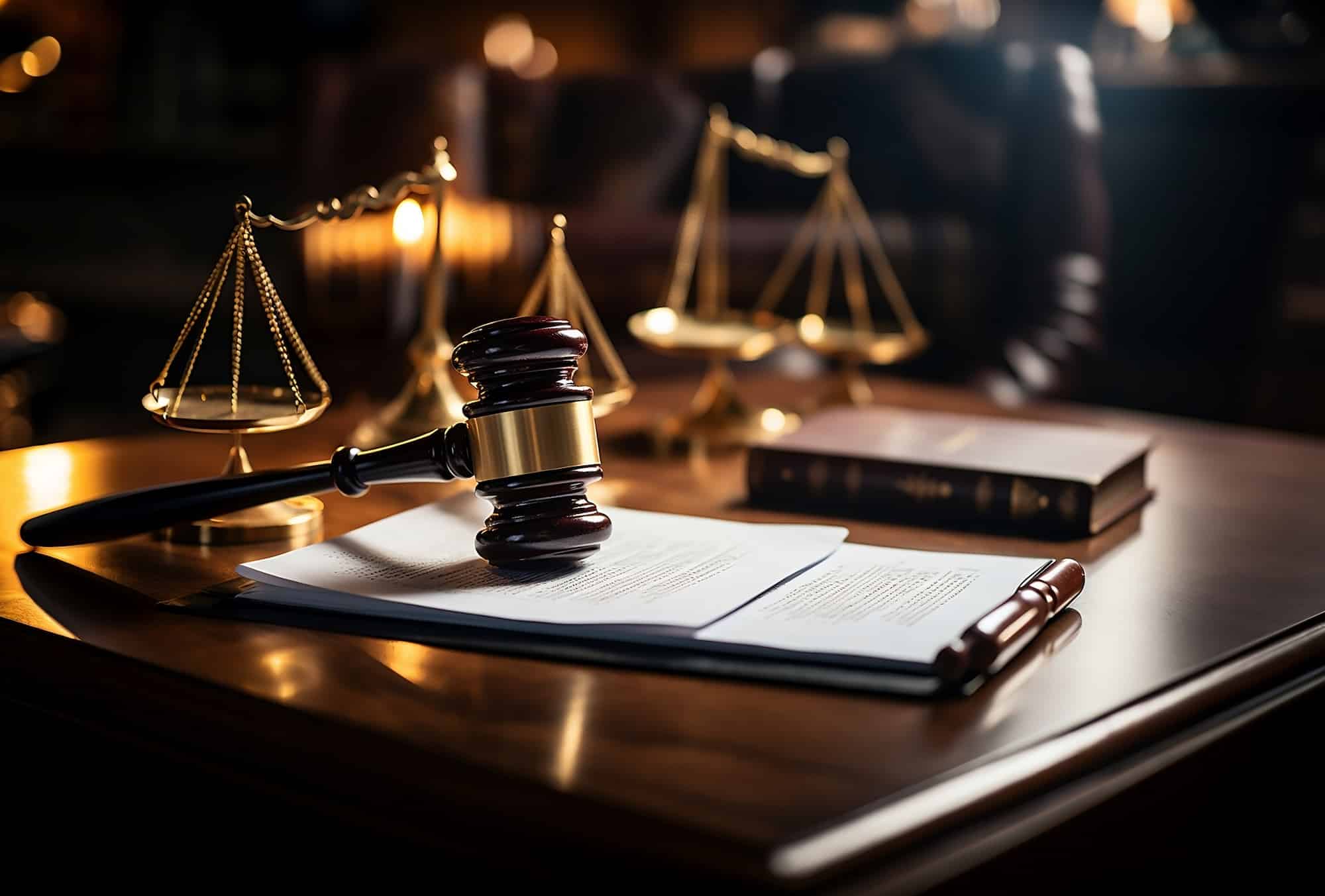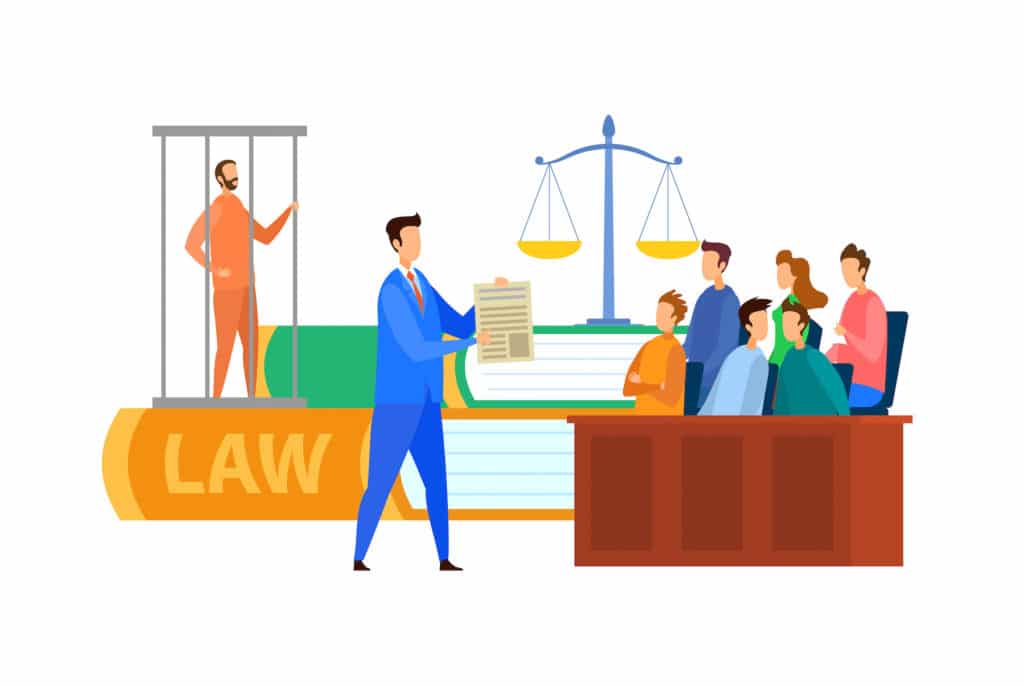Browsing the Complexities of Test Presentations: Tips for Seamless Distribution and Engaging Debates
In the world of legal proceedings, the art of trial discussion stands as a critical determinant of success. As lawyers browse the intricate web of court dynamics, the capacity to flawlessly supply arguments and evidence while astounding the court's attention becomes critical. The intricacies integral in trial discussions call for a fragile balance of skill, skill, and strategy. By developing methods that make certain a sleek delivery and crafting engaging arguments that reverberate with the target market, lawful experts can dramatically boost their advocacy. In a world where persuasion preponderates, grasping the complexities of test presentations is not merely a choice but a need for those seeking to dominate in the court room.

Understanding Test Objectives
To properly browse a trial, it is critical to have a clear understanding of the purposes that require to be accomplished. Prior to stepping right into the courtroom, lawful teams must specify their objectives and desired outcomes. These goals act as leading concepts throughout the test, forming methods and affecting decision-making procedures.
Recognizing trial goals involves a thorough analysis of the instance, legal criteria, and the customer's ideal passions. Trial Presentations. It requires a meticulous exam of the truths, recognizing essential concerns, and anticipating prospective obstacles. By establishing measurable and particular objectives, lawyers can customize their disagreements and presentations to straighten with the wanted results
Furthermore, a clear grasp of test purposes allows lawful groups to prioritize proof, witnesses, and lawful debates effectively. It permits the growth of a systematic story that resonates with the judge and court, reinforcing the general case discussion.

Organizing Evidence Successfully
Having a clear understanding of test objectives lays the foundation for organizing evidence properly in lawful proceedings - Trial Presentations. By aligning the discussion of proof with the desired results of the test, legal groups can strengthen their debates and improve their persuasiveness. One crucial facet of arranging evidence is classification. Grouping evidence based on styles or significance to particular legal components can help improve the discussion and make complicated information extra digestible for the court or jury.
An additional crucial element in organizing proof successfully is developing a logical circulation. Providing proof in a meaningful and sequential manner can help build a compelling narrative that sustains the legal debates being made. Furthermore, using aesthetic help such as graphs, charts, or timelines can further improve the company of proof and aid in clarifying complex partnerships or sequences of occasions.
Additionally, guaranteeing that all evidence offered is pertinent and permissible to the situation is vital. Inadmissible or unimportant evidence can diminish the stamina of the disagreement and potentially harm the credibility of the offering celebration. Consequently, a thorough testimonial and option procedure need to be undertaken to include just the most impactful and lawfully sound evidence in the test browse around these guys discussion.
Crafting Influential Stories
Crafting engaging narratives plays a pivotal role in presenting influential arguments throughout lawful procedures. A well-crafted narrative has the power to captivate the target market, evoke feelings, and eventually guide the decision for today party. When building a story for a test discussion, it is vital to establish a clear storyline that highlights vital factors and links them in a systematic manner. Begin by laying out the facts of the situation in an engaging fashion, making certain that the series of events is easy to comply with. Present characters efficiently, giving background info that aids the audience understand their activities and motivations. In addition, integrating vivid descriptions and interesting language can bring the story to life, making it a lot more memorable for the discretionary. By weaving together proof, testament, and legal debates into a natural and persuasive go to website story, lawyers can properly promote for their customers and increase the probability of a desirable end result in go to my site the court room.
Mastering Aesthetic Help
Efficient use aesthetic help is key to enhancing the influence and clearness of test discussions. Aesthetic aids, when used purposefully, have the power to simplify intricate info, reinforce bottom lines, and leave a lasting impression on the discretionary. To grasp visual help in trial discussions, it is vital to make sure that they are clear, succinct, and appropriate to the arguments being made.
When integrating aesthetic aids, such as charts, photos, timelines, or graphs, into a test discussion, it is important to keep them visually appealing yet professional. The visuals ought to match the verbal debates, offering an aesthetic depiction of the details being reviewed without overwhelming the audience with unneeded information.
Moreover, experimenting the visual aids in advance is essential to make certain a seamless delivery during the trial. Familiarizing oneself with the web content, changes, and timings of each aesthetic help can aid preserve the circulation of the discussion and stop technical problems that might arise.
Supplying Impactful Closing Debates
A compelling closing debate offers as the end result of a trial discussion, enveloping the core story and convincing the court and jury in the direction of a desirable decision. Begin by describing the primary debates that sustain your customer's setting, stressing why the evidence offered throughout the trial sustains your narrative.
Moreover, incorporating psychological appeal can further enhance your closing debate. Inevitably, a well-crafted closing argument must leave an enduring impression, compelling the judge and court to rule in your client's favor.
Final Thought
To conclude, mastering trial presentations entails recognizing objectives, organizing proof, crafting narratives, making use of visual help, and supplying impactful closing arguments. By applying these techniques properly, lawyers can provide their case perfectly and make engaging debates in the court. It is crucial to navigate the intricacies of trial discussions with accuracy and ability to achieve success in lawful process.
By straightening the discussion of evidence with the desired outcomes of the test, lawful teams can enhance their arguments and enhance their persuasiveness (Trial Presentations). To master visual aids in trial discussions, it is critical to guarantee that they are clear, succinct, and relevant to the disagreements being made
An engaging closing debate offers as the conclusion of a trial presentation, enveloping the core story and convincing the court and court towards a favorable choice. Begin by outlining the major arguments that sustain your client's setting, highlighting why the proof provided throughout the trial supports your narrative.In final thought, mastering trial discussions includes understanding purposes, organizing proof, crafting narratives, using visual aids, and supplying impactful closing debates.